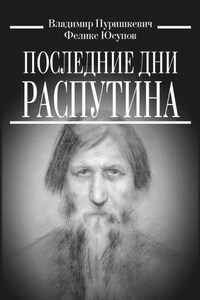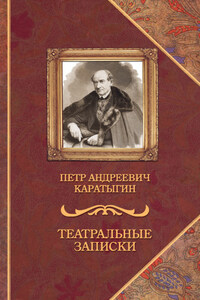That portion of North-western Ohio, situated to the South-east of the Black Swamp, was but sparsely settled at the close of the first quarter of the present century. The hardy pioneers who had left their New England homes to open up the Western wilds, here and there built their modest dwellings and tilled the few acres won from the dense forest and luxuriant prairie. The dusky aborigines, driven from all other parts of Ohio, clung tenaciously to this comparatively neglected spot, and the smoke from the log hut of the settler rose within sight of the Indian wigwam. The two races were at peace with each other, for neither cared to convert a passive neighbor into an active enemy. The Indians had realized their inability to drive back the constantly advancing wave of civilization, and the white settlers had no desire to provoke the savage retaliations of their dusky neighbors unless compelled by necessity to do so.
In the neighborhood of the junction between the Sandusky and Tymochte rivers, in Wyandot county, a remnant of the once powerful Wyandot tribe still remained. One of their villages was at Upper Sandusky, and another at Springville, in Seneca county. A small band of Senecas were also located in the neighborhood, and some scattered Ottawas had their wigwams on Blanchard's Fork, a few miles to the west of the Wyandot settlements. An Indian trail led from Upper Sandusky to Springville, and thence, through the Black Swamp, to Perrysburg. At the latter place it crossed the Maumee, and reached the shore of the Detroit river opposite Malden, in Canada. Some of the Indians living in the North-west of Ohio had sided with the British in the war of 1812, and these annually crossed over to Malden to receive their presents of guns, ammunition and blankets. The Canadian Indians sometimes visited their dusky brethren in Ohio, and thus the trail was frequently traversed.
Among the settlers who had located themselves in the neighborhood of the Wyandot villages was Elijah Brayton, a thrifty farmer from New England, who had established himself near the Tymochte river in what is now Crawford township, Wyandot county. In the year 1825, Mr. Brayton was thirty-nine years of age, and his family consisted of his wife and their six children, William, Harriet, Lucy, Matthew, Mary and Peter. In that year Mr. Brayton was busy erecting a mill on the Tymochte, and towards the fall of the year he went to Chillicothe for the purpose of bringing up the mill-stones. The journey at that time was long and tedious, and the home affairs were entrusted in his absence to Mrs. Brayton and the eldest son William, then a lad of sixteen.
On the 20th of September, 1825, William Brayton, with his younger brother Matthew, then nearly seven and a half years old, started out to hunt up some stray cattle. They proceeded for two or three miles in the direction of the spot where William Brayton at present lives, but found no traces of the missing cattle. Here they met a neighbor named Hart, who was also looking for stray cattle. Matthew had become tired, and declared his inability to proceed any farther. After a short consultation it was agreed that William Brayton and Hart should proceed in search of the cattle, and that Matthew should take the path which led to the house of Mr. Baker, about sixty rods distant, where he could amuse himself with his young playmates until the return of William. The two set out on their cattle hunting expedition, leaving little Matthew to pursue his way along the narrow and ill-defined path.
At the close of the day's search, William Brayton called at Mr. Baker's house for his little brother. To his astonishment he learned that Matthew had not been seen by any of the family. He then turned his steps homeward, thinking that Matthew had changed his mind and gone home, but on arriving there no tidings of the missing boy met him. The alarm and apprehension that filled the breast of the mother may be conceived. A thousand fearful thoughts flitted through her mind in rapid succession. But no time was lost in useless grieving. The men and women who braved the dangers of frontier life were quick to think and prompt to act. A little party turned out at once to search for the missing boy and restore him, if possible, to the anxious household. From the spot where the brothers had parted, the path to Mr. Baker's house was narrowly searched, and the marks of the child's feet were clearly discernible. At no great distance from the commencement of the path it was intersected by a track made by some logs recently drawn from the woods. At this point the traces showed that Matthew had stopped in doubt. They also showed that he had finally taken the log track in mistake for the regular path. Up that track his little footsteps were traced for some distance, but, after awhile, they became fainter, and at last disappeared altogether. The woods on the margin of the track were searched in vain for traces of his feet.








